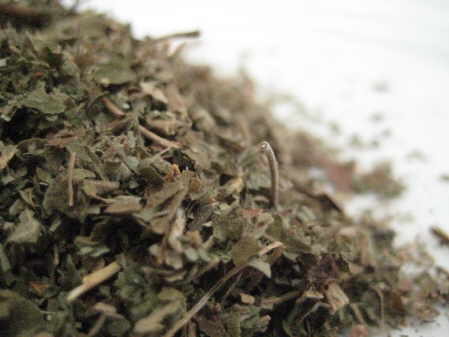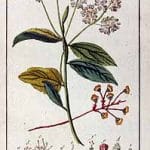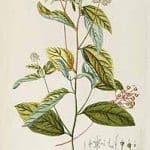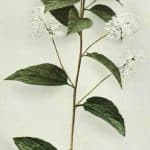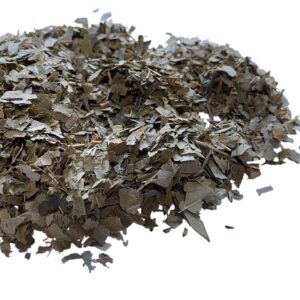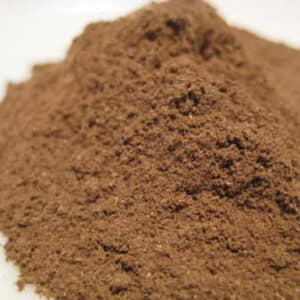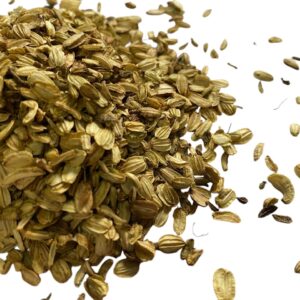New Jersey or Walpole Tea – Ceanothus americanus
£10.50
New Jersey or Walpole Tea
Ceanothus americanus
The herb from it is also known as Red Root, Mountain-Sweet, Wild Snowball and Bobea
50 grams
Out of stock
New Jersey or Walpole Tea (Ceanothus americanus) comes from a small, deciduous shrub common in dry woods at low elevations all across the U.S.A.
The herb from it is also known as Red Root, Mountain-Sweet, Wild Snowball and Bobea and quite rare to find these days.
Traditional Uses for New Jersey or Walpole Tea :-
An infusion made from the root bark is typically recommended for various chest problems, including chronic bronchitis, nervous asthma, whooping cough, and TB.
It has also been used as a gargle for inflammations and irritations in the mouth and throat, particularly for swollen tonsils. It is also believed to be useful for spleen problems.
In combination with golden seal, it is good for headaches, acute indigestion, and nausea due to the poor activity of the liver. It was traditionally prescribed as a remedy for diabetes, asthma, bronchitis, and other lung infections.
History and Constituents of New Jersey or Walpole Tea :-
The red roots and root bark of Ceanothus americanus were used all the time for upper respiratory tract infections by First Natonals or Amero-Indians if you will. The leaves of the plant have a fresh campheraceous smell, a bit like Wintergreen, and the plant was introduced to white settlers as a kind of herbal tea substitute for the scarce genuine tea.
The roots contain tannins which are astringent and a number of peptide alkaloids including ceanothine, pandemine, zizyphine, scutianine and the adouetines.
The roots and the flower of the plant can be used as a dye.
| Country of Origin | USA |
|---|---|
| Batch Code | JF5524879A |
| Harvest | Unknown |
| Best Before | Apr 26 |
